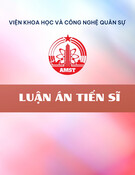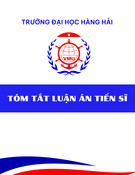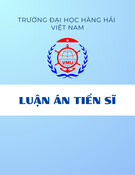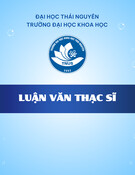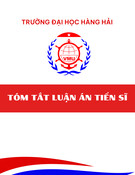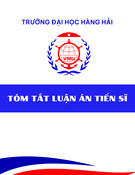
INTRODUCTION
1. Motivation
According to data from the Department of Inland Waterways in 2019,
Vietnam's waterways transport industry reached 250 million tons/year. In which
coastal transport accounted for more than 60 million tons/year, promoting the
shipping industry and economic integration between regions, making the most of
Vietnam's natural coastal conditions. The issue of efficient energy use for ships
is urgent because of fuel-saving in ship operation and the mandatory
requirements of the Marine Environment Protection Committee (MEPC) of the
International Maritime Organization (IMO) to reduce environmental pollution
global and greenhouse gas emissions. For ships operating on the coastal route
(both at sea and in inland waters), although they are not subject to the application
of the above regulations of IMO, it is also necessary to satisfy the rules,
resolutions, and laws of Vietnam on the intended use of energy-efficient and
economical. Therefore, researching solutions to design vessels to improve energy
efficiency is critical for Vietnam's international fleet of ships in general and the
whole coaster fleet in particular.
In Vietnam, in July 2014, after a period of preparation, the Ministry of
Transport officially announced the opening of three coastal transport routes. It is
forecasted that the number of river-sea route ships will continue to increase
because the Viet Nam Register Agency is evaluating many new registration
documents in the coming time. However, according to the evaluation, in the
design of river-sea route ships in general and container ships running the river-
sea route, there are still many problems, such as the optimization of the hull form
has not been enough attention. Until now, there is no standard container hull form
suitable for Vietnam's waterways. Therefore, the development of an algorithm to
propose the hull form and implement a mathematical model of the whole ship in
general and the container ship running on a river-sea route in particular, taking
into account the influence of the channel route, which is highly scientific and






